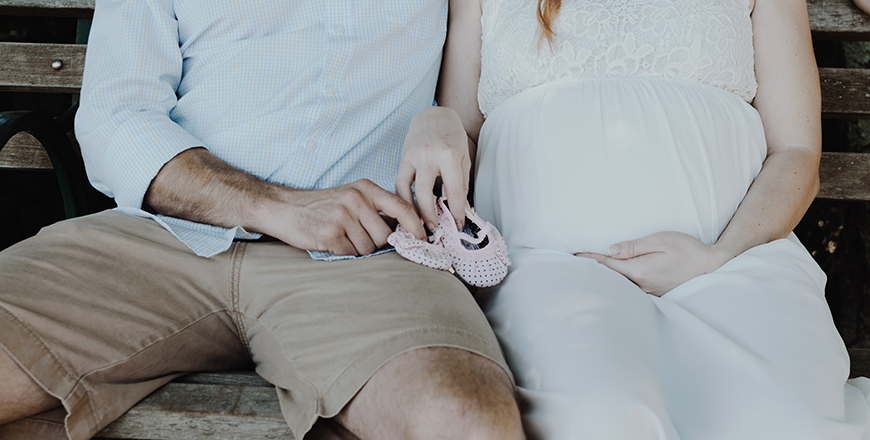You are here
Alarming anemia rates in children, reproductive shifts in Jordan — survey
By Maria Weldali - Nov 18,2023 - Last updated at Nov 18,2023
AMMAN — In Jordan, anemia is a common problem in children, with approximately one-third of children aged 6-59 months being anemic, according to the 2023 Jordan Population and Family Health Survey (JPFHS).
The 2023 JPFHS is the eighth survey of its kind conducted by the Department of Statistics (DoS). It presents a comprehensive analysis of data related to local fertility rates, teenage pregnancy and motherhood, contraceptive use, demand for family planning, early childhood mortality, maternal care and child health, in addition to childhood vaccination.
“The prevalence of anemia among Jordanian children has remained largely unchanged between 2002 and 2023, declining slightly from 34 per cent to 32 per cent,” according to the survey’s main researcher and Chief Executive Iman Bani Mifrj. Noting that anemia is mostly common among children aged (12-23 months).
Meanwhile, anemia prevalence among women between the ages of 15 to 49, reached 32 per cent, she added. “Women who have six or more births…and who live in rural areas and the northern region have the highest levels of anemia,” according to the survey.
Additionally, the survey found that vaccination coverage increases with higher maternal education. Noting that 93 per cent of children aged between 12-23 months and whose mothers are Jordanian, have received all of their basic vaccines, while 91 per cent of children of the same age, with Syrian mothers have received an equivalent set of vaccines.
“34 per cent of children aged 0-23 months were breastfed within the first hour of birth,” according to the survey.
Commenting on the declining reproductive rates represented in the survey, sociologist Hussein Al Khozahe told The Jordan Times, that “the fertility percentage is shaped by a number of social and economic factors”,
Quoting the latest figures related to local marriage rates published by the Supreme Judge Department, the sociologist noted that the rate of marriage decreased by 15 per cent when comparing 2021 with 2022. The total marriages in 2021 reached 75,360, while 63,834 marriages were registered in 2022.
“This is a decline of 11,526 marriages, so it is not surprising that the fertility rate this year reached 2.6 per cent across the Kingdom,” Al Khozahe commented, adding that now the median age at first marriage is 29 years for women and 31 years for men.
The fertility rate is on the decline due to rising living and housing costs exacerbated by minimum wage levels, said Al Khozahe.
Another factor is the growing unemployment among women that hold higher education degrees, amounting to 78 per cent. “Men in Jordan nowadays prefer to marry a working woman,” he noted.
The decline is contributed to the fact that a lot of Jordanian men have a strong inclination to immigrate, amounting to 48 per cent of the decrease, according to Al Khozahe. “This means they do not have any plans to get married in the near future,” he said.
As for the postnatal care for mothers, the survey showed that the coverage has substantially improved between 1990 and 2021, increasing from 60 per cent to 82 per cent. Currently, it stands at a high of 83 per cent.
The percentage of women who receive antenatal care from a health professional is high as well, amounting to 97 per cent in 2023, according to the survey.
Moreover, the survey indicated that hospitals and health facilities are the most common place of birth across Jordan, with a 99 per cent of births occurring in hospitals.
The survey interviewed 19,475 households across the Kingdom, of whom 12,595 women and 5,873 were men.
Related Articles
AMMAN — The birth rate for women in Jordan for 2023 reached 2.6 children for every woman in the reproductive age, with rural areas recording
AMMAN — Shorter time span for childbearing, urbanised way of living, people’s nutritional approaches and cultural shifts are among the facto
AMMAN — The percentage of children under five who are overweight rose to 9 per cent in 2023 compared to 4 per cent recorded in 2012, accordi

















